Beyond the Royal Oak and Nautilus: Why the IWC Ingenieur 1832 May Be Genta’s Purest Tool Watch

In 1976, IWC Schaffhausen introduced the Ingenieur SL reference 1832—commonly known as the “Jumbo”—as part of its Steel Line (SL) series.
Designed by Gérald Genta in collaboration with IWC designer HanoBurtscher, this watch embodied IWC’s vision of a professional tool companion.
Styled with a bold cushion-shaped, satin-finished stainless steel case, integrated bracelet, and prominent screw-down bezel with five asymmetrical notches, the 1832 projected both technical authority and industrial aesthetics.
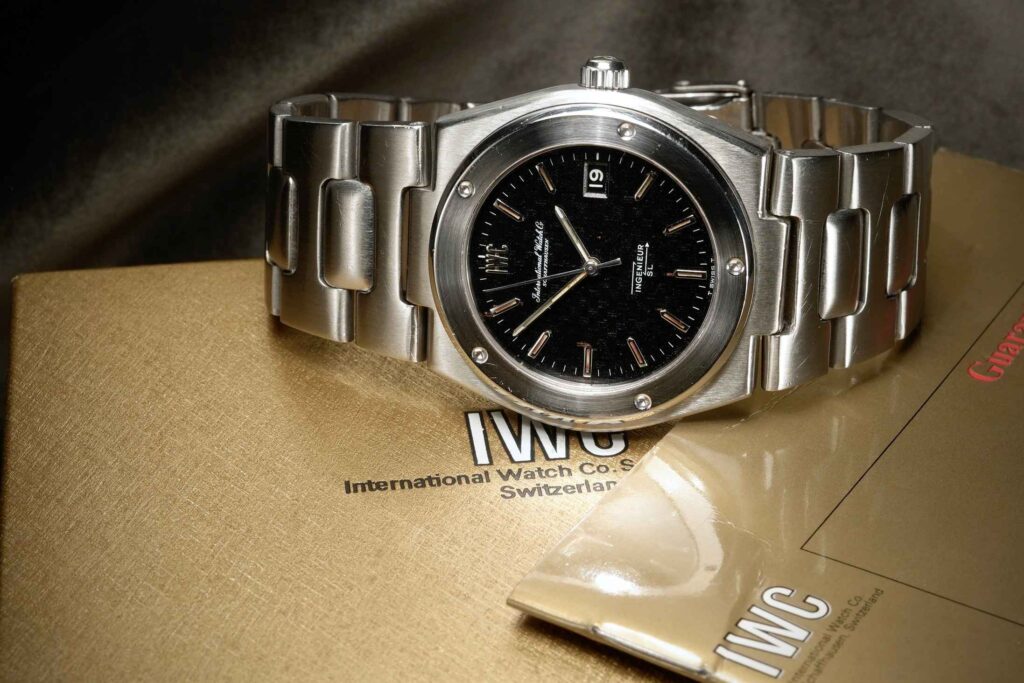
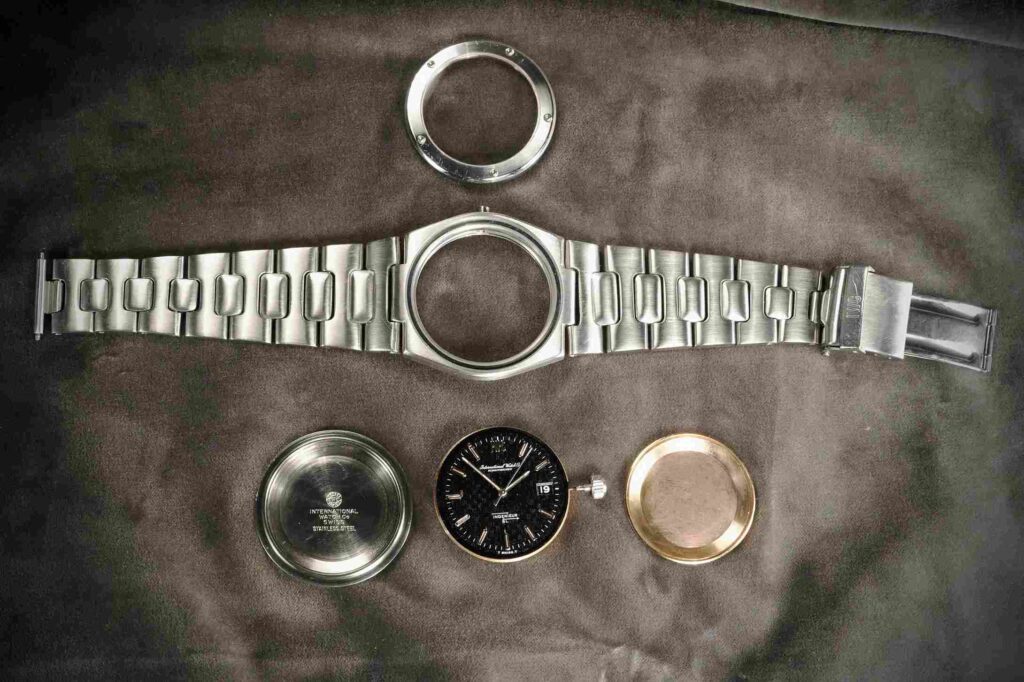
It was engineered to offer 120 m water resistance and, thanks to its soft-iron Farady inner case, antimagnetic protection of up to 80,000A/m (approximately 1,000 gauss).
At its core, the Ingenieur SL ref. 1832 housed IWC’s in‐house automatic caliber 8541.
This movement has Pellaton’s bidirectional winding system, a running-center-seconds configuration, rubber shock absorbers, and antimagnetic alloys encased within a soft-iron Faraday cage— attributes that delivered both resilience and performance.
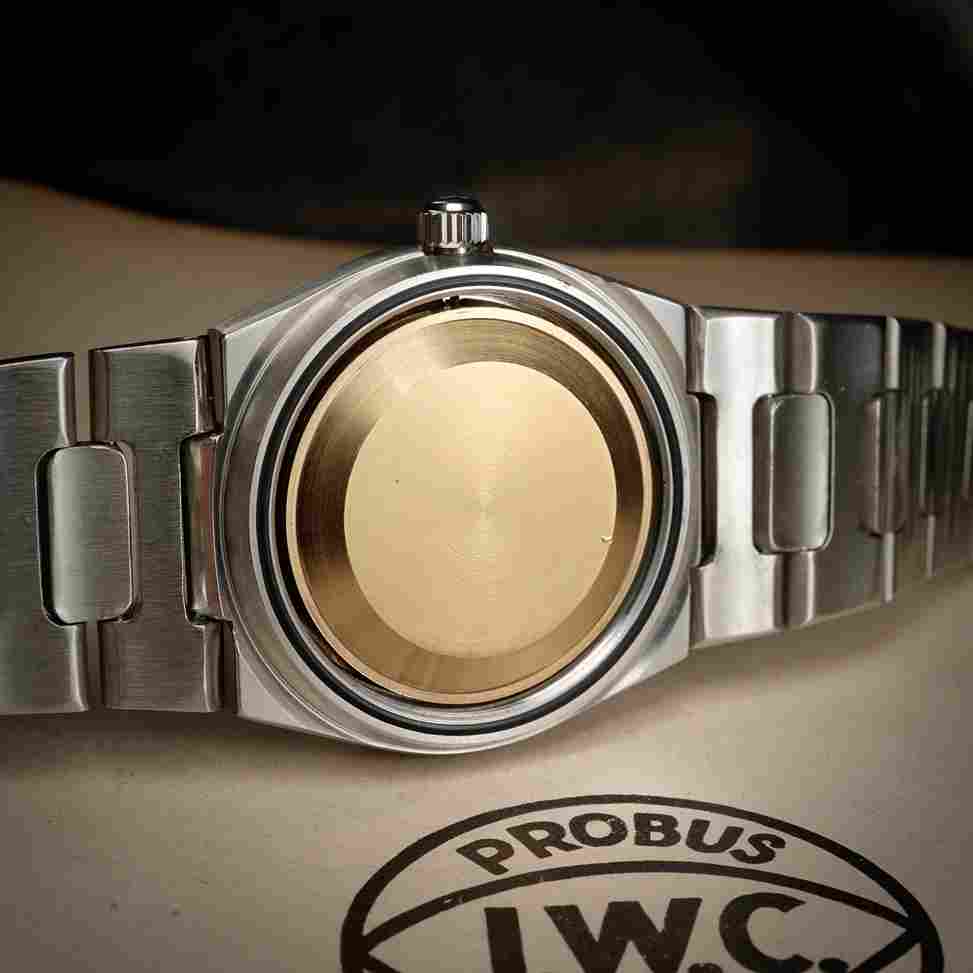
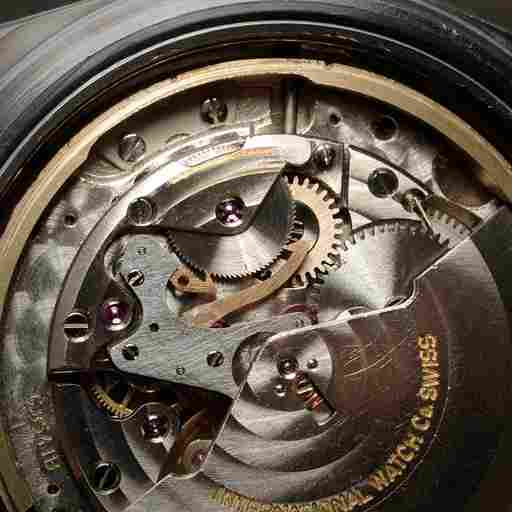
Unlike contemporaneous integrated-sports models from Patek Philippe and Audemars Piguet, which relied on the JLC 920/920 base movement, the 8541 was a fully proprietary in-house caliber.
The IWC Ingenieur was equipped with a distinctive shock protection system that went beyond the conventional Incabloc-type settings of the era.
Inside its anti-magnetic construction, the caliber was mounted using small rubber buffers positioned at key contact points, effectively
suspending the movement within the case.
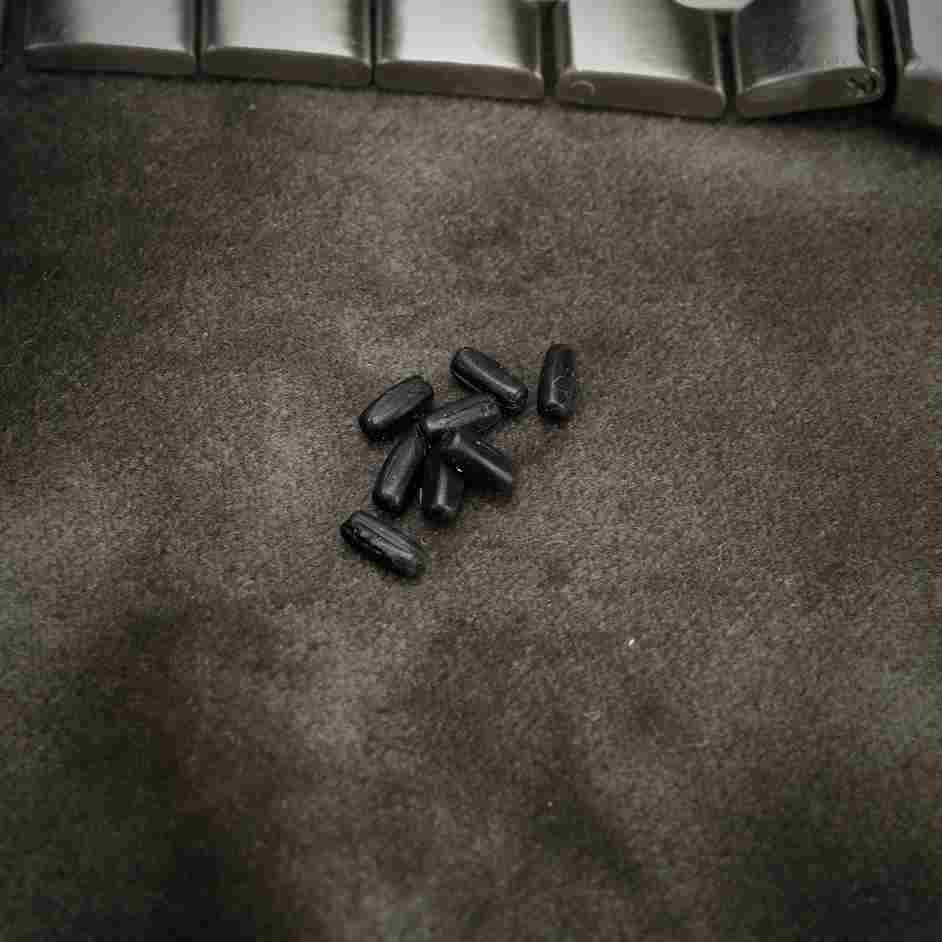
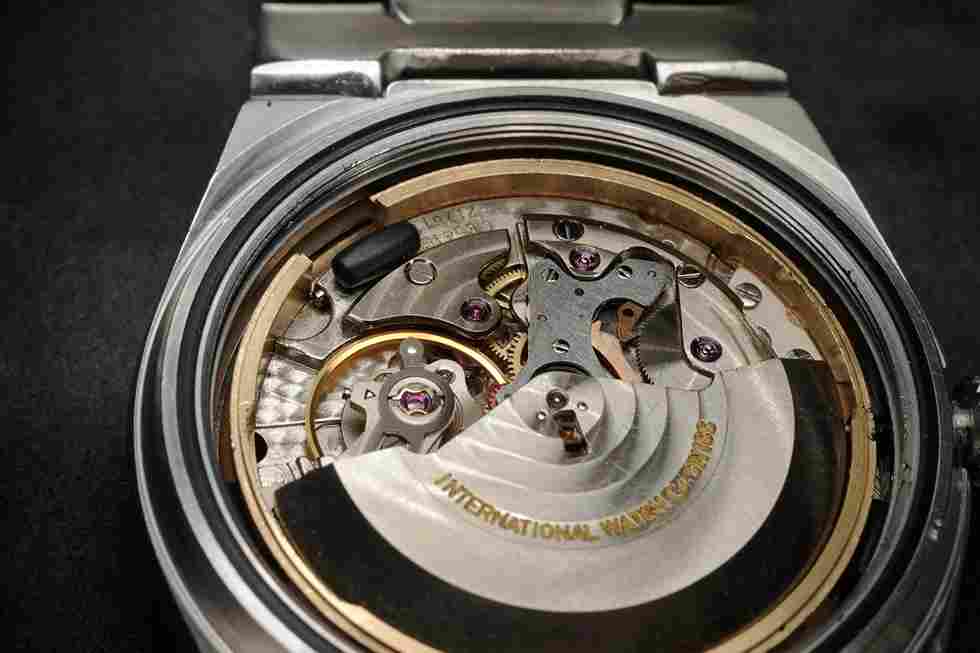
This design served as an internal shock absorber, isolating the caliber from impacts transmitted through the case body.
The approach reflected IWC’s commitment to engineering watches not just for resistance to magnetism, but also for physical resilience in real-world conditions.
Despite its technical pedigree and distinctive design, the Ingenieur SL lagged behind market expectations.
IWC reportedly attempted to target engineers and professionals, but Genta’s assertive styling proved too unconventional for its intended audience resulting in muted sales and ultimately leading to its discontinuation by 1983.
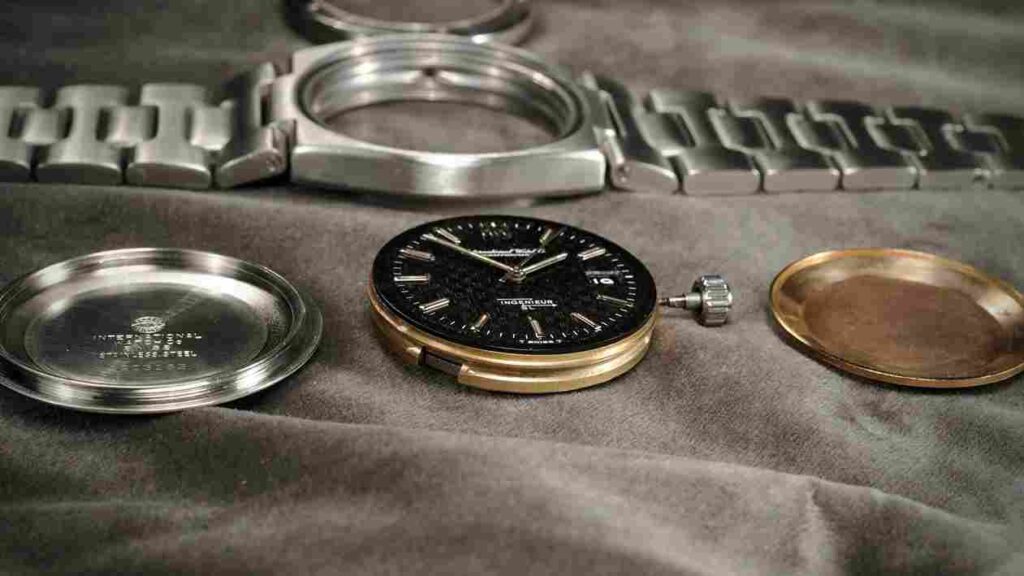
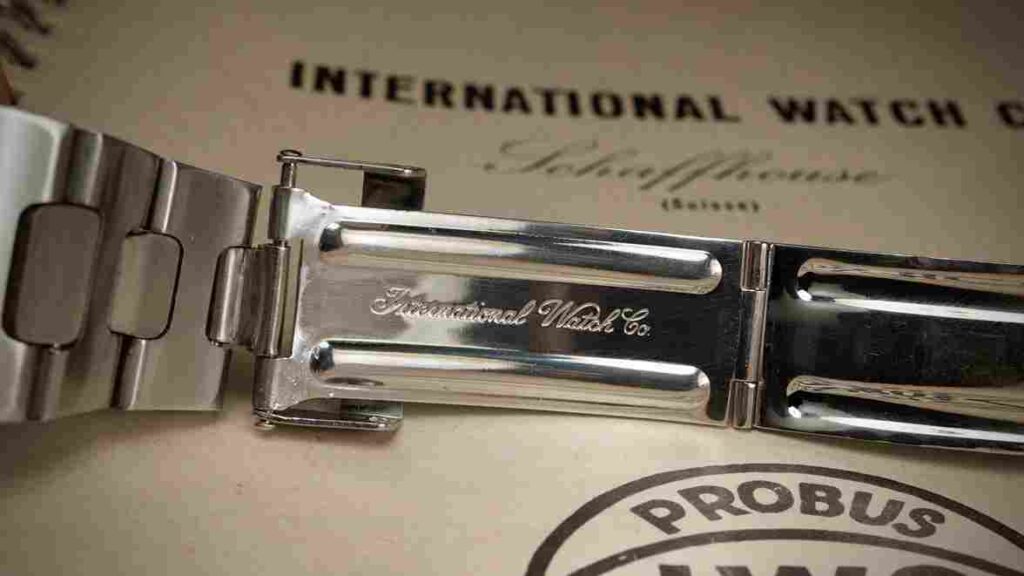
Across its production run from 1976 to 1983, only 543 steel examples of the 1832 were issued, alongside a further 55 pieces in 18k yellow gold (ref. 9232).
These figures stand in stark contrast to its Genta peers: the Royal Oak 5402 saw approximately 6,050 units produced, and the Nautilus 3700 reached similar volumes—making the Ingenieur SL approximately ten times rarer than either.
From a design standpoint, the Ingenieur SL diverged sharply from its contemporaries. Its bezel notches were functional—the five recesses aided the bezel`s tightening with a specific wrench.
The dial featured a basket-weave guilloché pattern, an uncommon texture inspired by German graph paper, lending precision and understated depth.
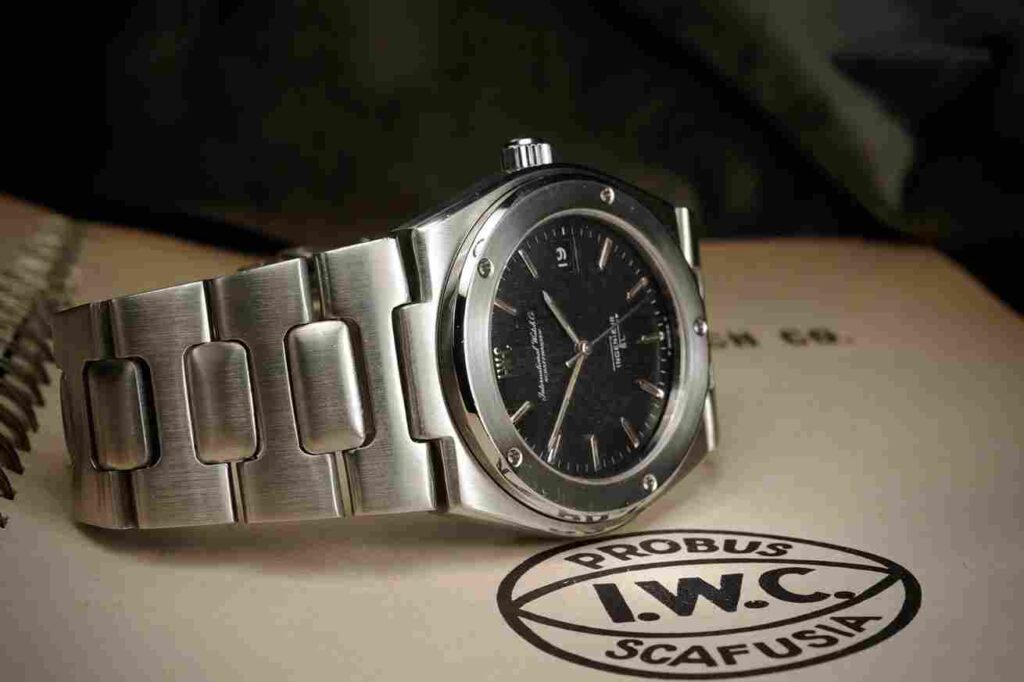
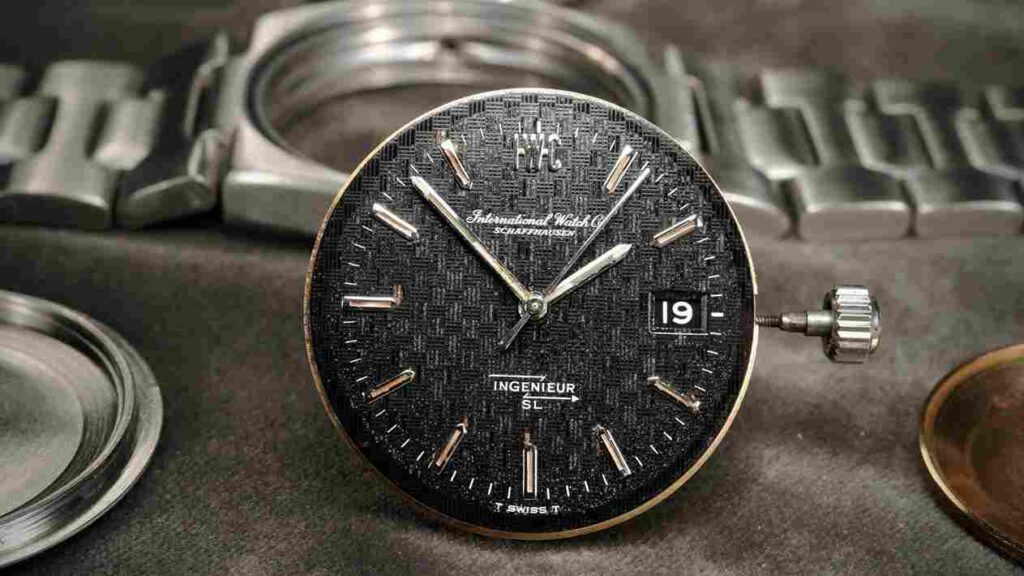
One of the defining yet often overlooked characteristics of the IWC Ingenieur SL ref. 1832 is its entirely satin-finished exterior, which set it apart from its contemporaries not only in design philosophy but also in functional resilience.
Both the Audemars Piguet Royal Oak and the Patek Philippe Nautilus had a mix of polished and brushed surfaces—with polished chamfers on bezels, lugs, and bracelet links to enhance visual elegance—the Ingenieur SL deliberately eschewed polished accents in favor of a uniform satin-brushed finish across the case, bezel, and bracelet.
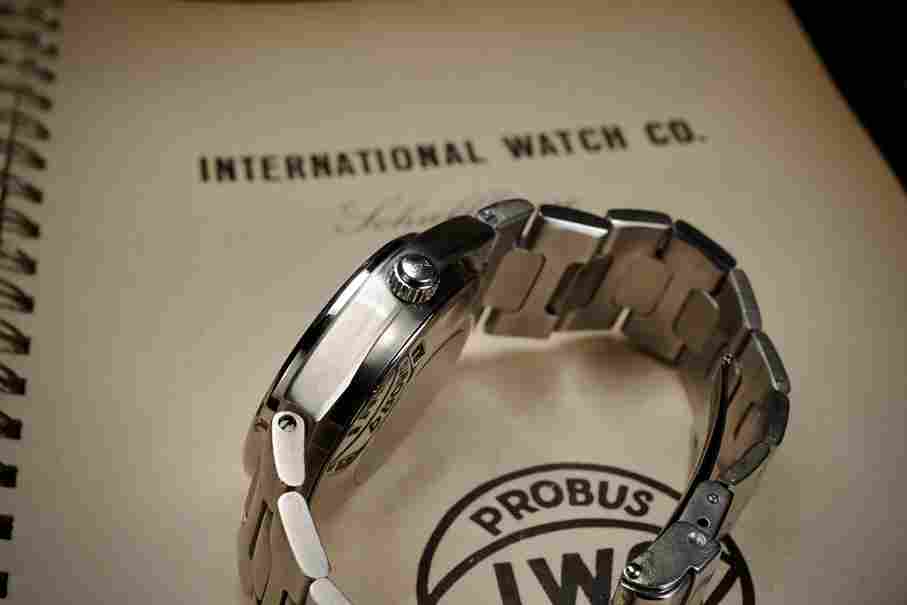
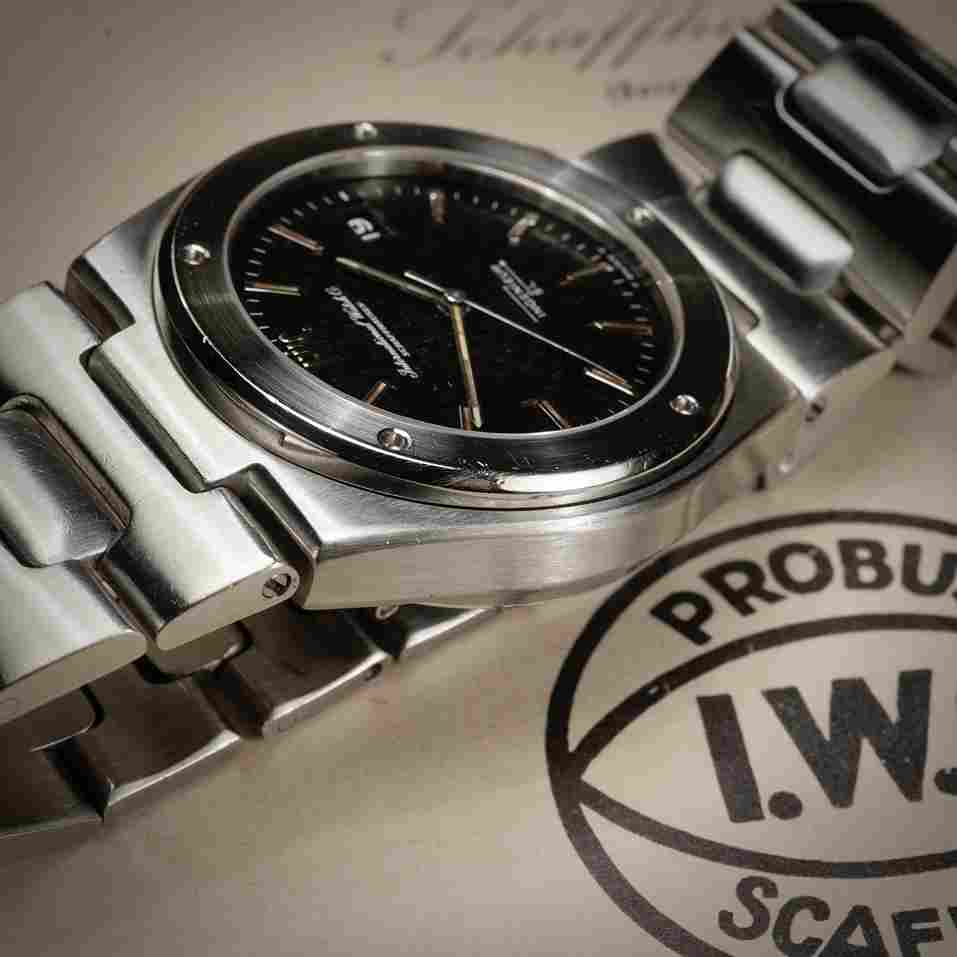
This decision wasn’t merely aesthetic.
The all-satin finish contributed to the robustness of the watch as brushed surfaces are better at concealing micro-abrasions, dings, and fingerprints, making the Ingenieur less susceptible to showing signs of wear.
For a watch designed with technical performance and antimagnetic durability in mind, this cohesive surface treatment was a logical extension of its functional identity.
Moreover, IWC’s case construction was heavier and more angular than its competitors, and the complete lack of decorative polishing underlined the brand’s “tool-first” approach, contrasting with the more fashion-forward leanings of the Royal Oak and Nautilus.
This pragmatic finishing strategy is yet another reason why the Ingenieur SL ref. 1832 holds a unique position in the history of integrated sports watches: it was not only rarer and more technically advanced—it was built to endure.
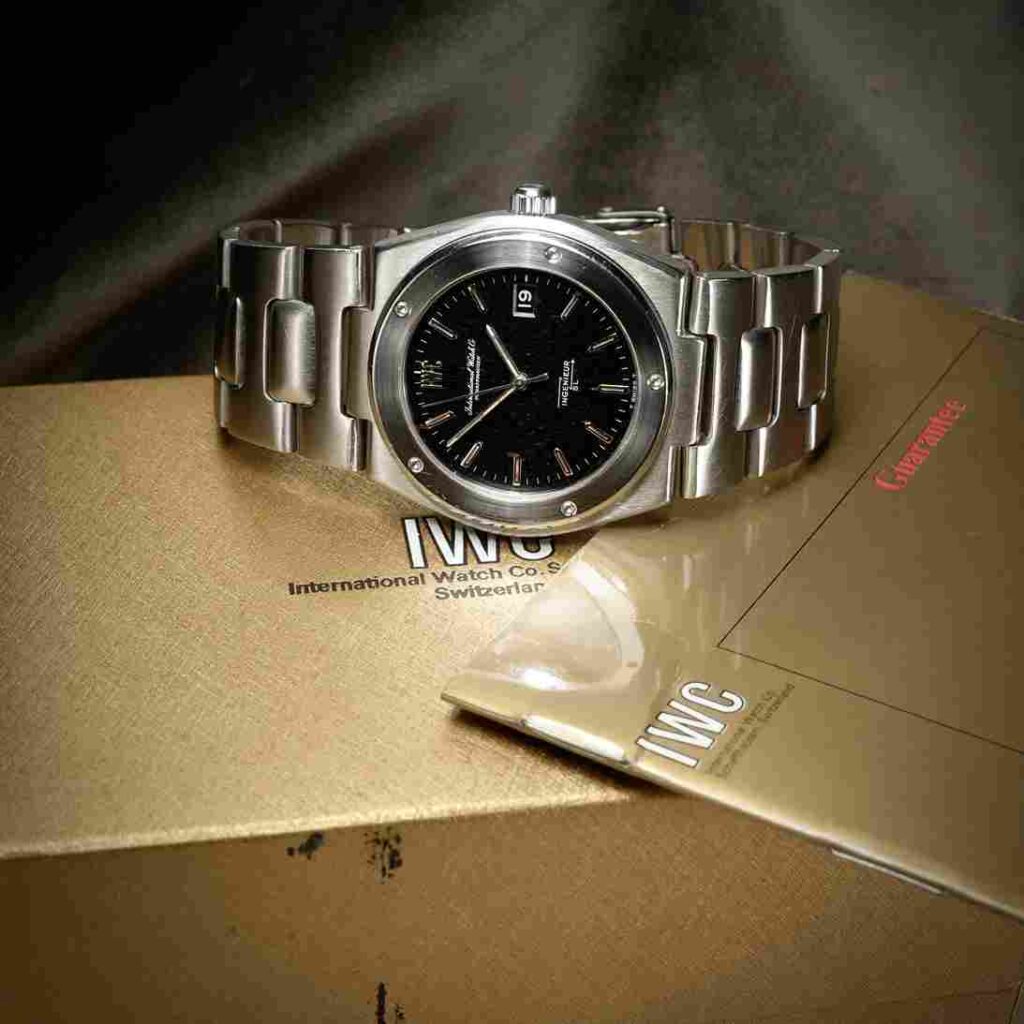
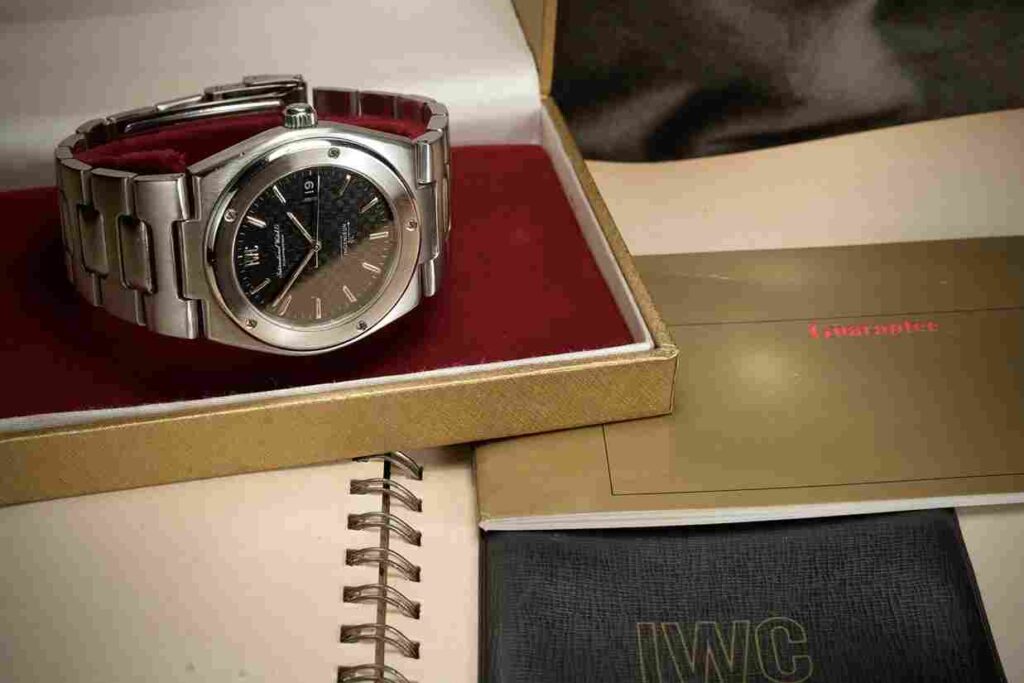
The high and non-competitive pricing of this watch at the time did not help sales: in 1979, the steel Jumbo retailed for approximately US$2,370, rising to $4,345 for bi-metal versions, while the full-gold ref. 9232 commanded $15,520.
In contrast, a competitor Rolex Milgauss Antimagnetic watch Ref. 1019 cost $725, and an 18k Submariner 1680 was around $8,950.
While its higher price, market positioning and atypical aesthetics rendered it commercially underwhelming in its time, these very qualities make of this rererence a rare, authentic and highly collectible timepiece from a period defined by tension between traditional watchmaking and disruptive quartz technology.
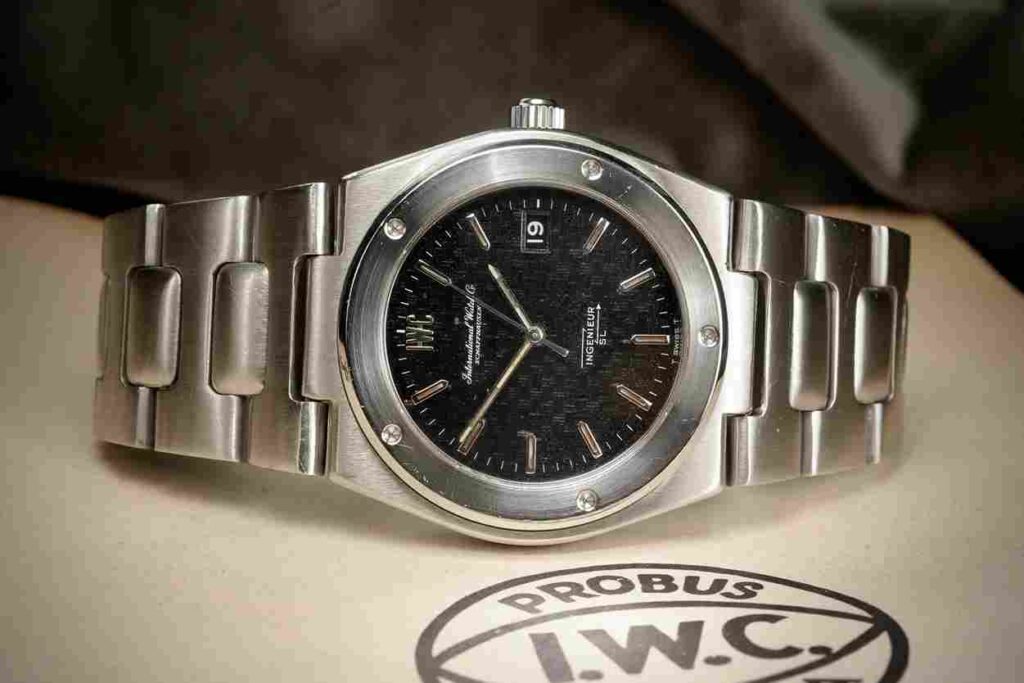
Today, the ref. 1832 is recognized less for market impact and more for its remarkable combination of proprietary engineering, design, and scarcity. As such, it remains one of the most intriguing and overlooked pieces in Genta’s portfolio—a watch modest in mainstream awareness but potent in historical heritage.



